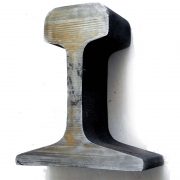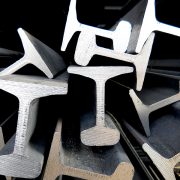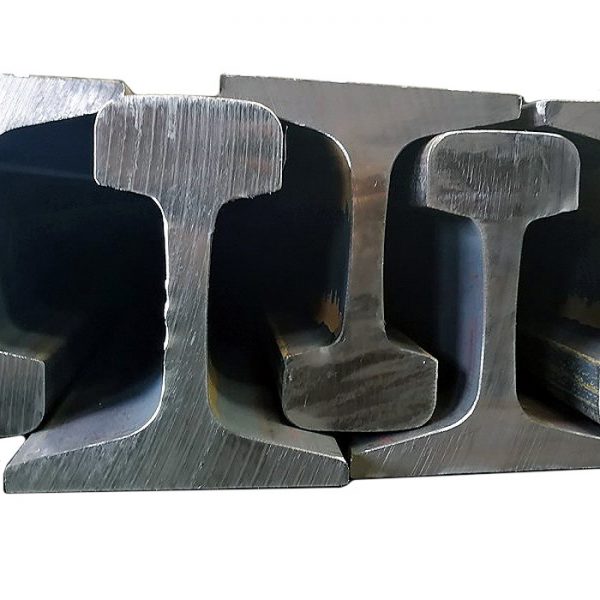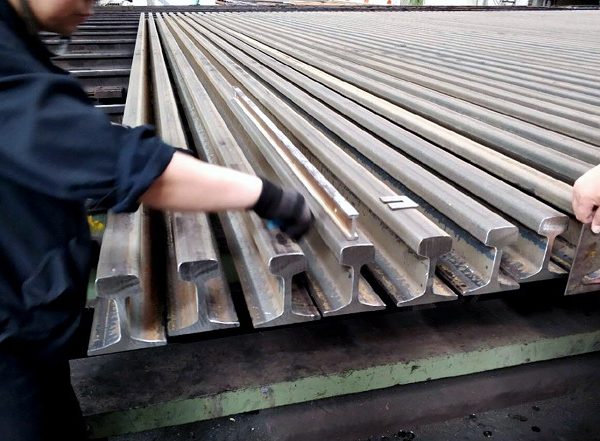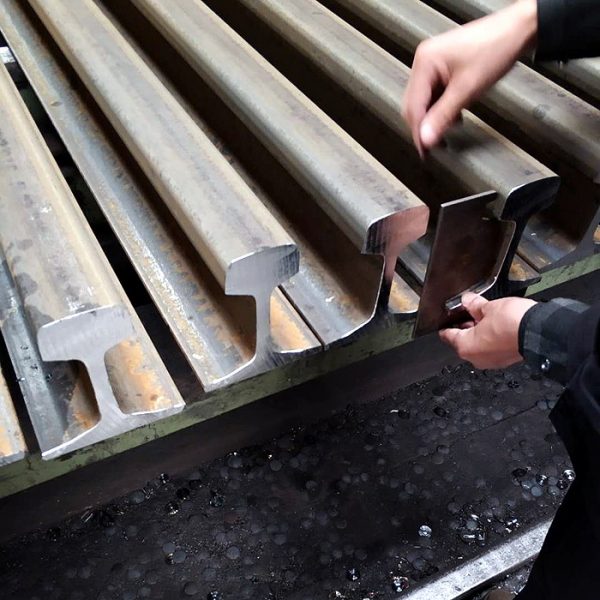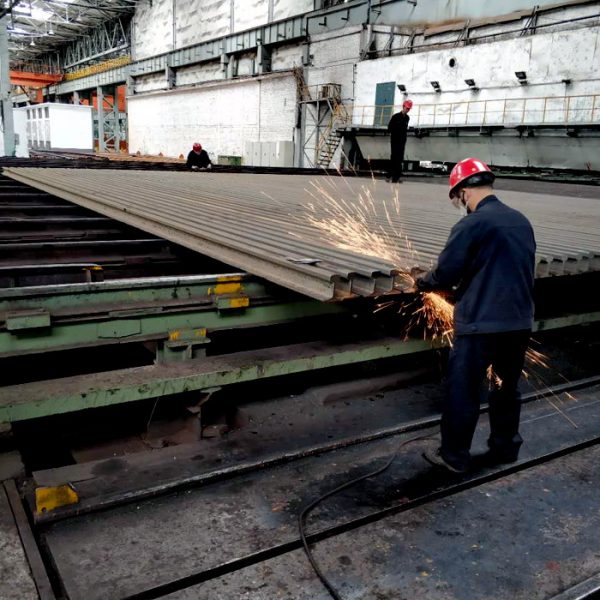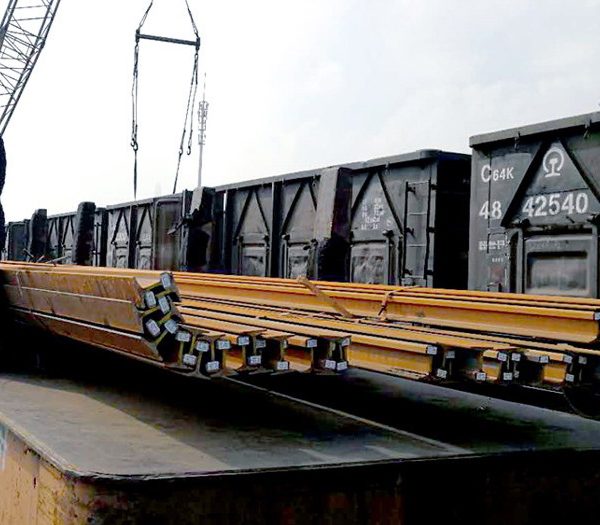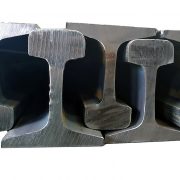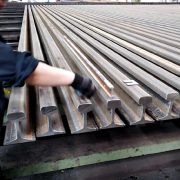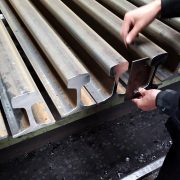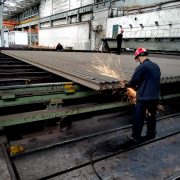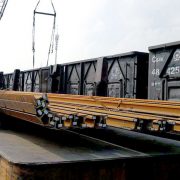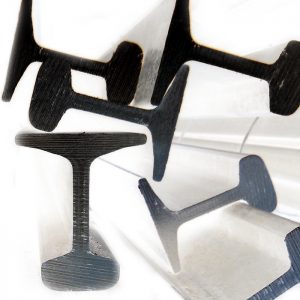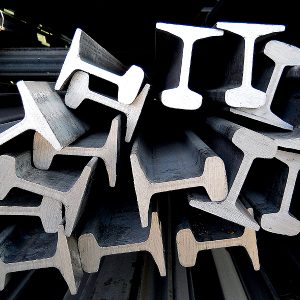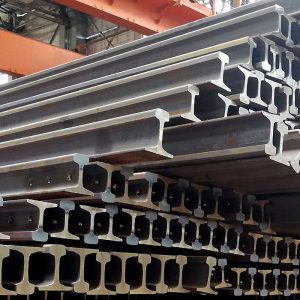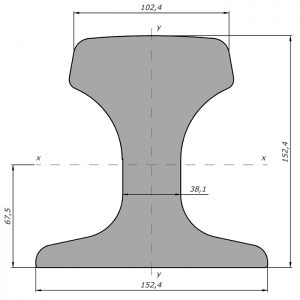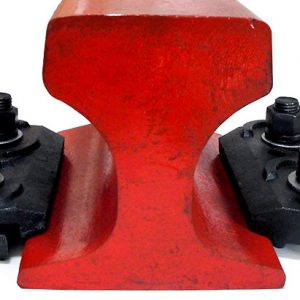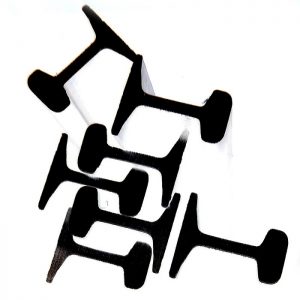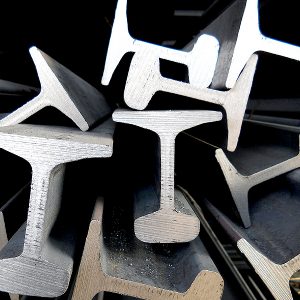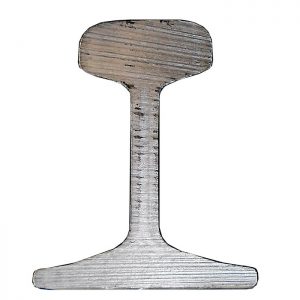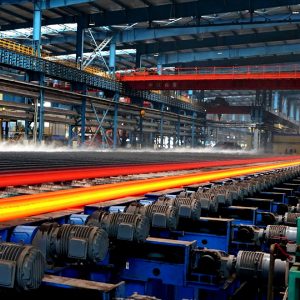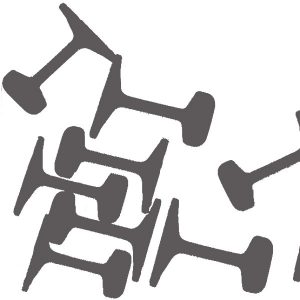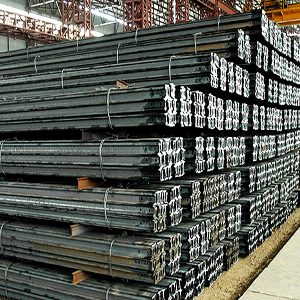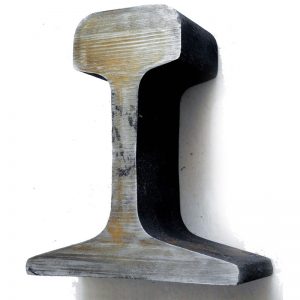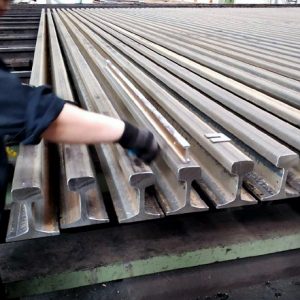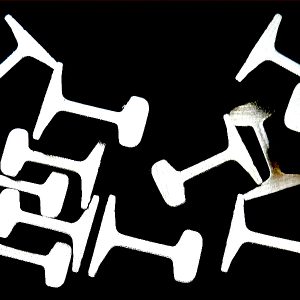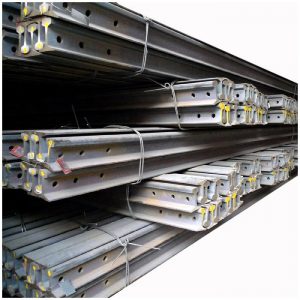90Szyna RA
$850.00 $800.00
Norma: AREMA, ASTM
Ocena: 900A/1100
Wysokość szyny: 142.9Mm
Szerokość dna: 130.2Mm
Grubość wstęgi: 14.3Mm
Szerokość głowicy: 65.1Mm
Długość: 12-30m
Miejsce pochodzenia: Mongolia Wewnętrzna, Chiny (Kontynencie)
Nazwa marki: BISG
Numer modelu: TR45 (90 RA)
Typ: Ciężka kolej
Aplikacja: Kolej kolejowa
Ciężar: 44.64 kg/m
Zwyczaj: Fabryczna linia kolejowa
Certyfikat: 3.1 MTC/3.2 przez Lloyd's regiester inspection
Rynek: Ameryka Południowa
Materiał: 900A
- Opis
- Eksportowana międzynarodowa standardowa szyna płaskodenna
- Standard produkcji i kontroli
- Zapytanie
90RA rail also be named TR45 AREMA steel rail, jest szeroko stosowany w obszarze obu Ameryk, możemy go wyprodukować na zamówienie, MOQ powinno wynosić 500 Ton. Material has SS and HH. Length 12-25m (39 stopy do 80 M).
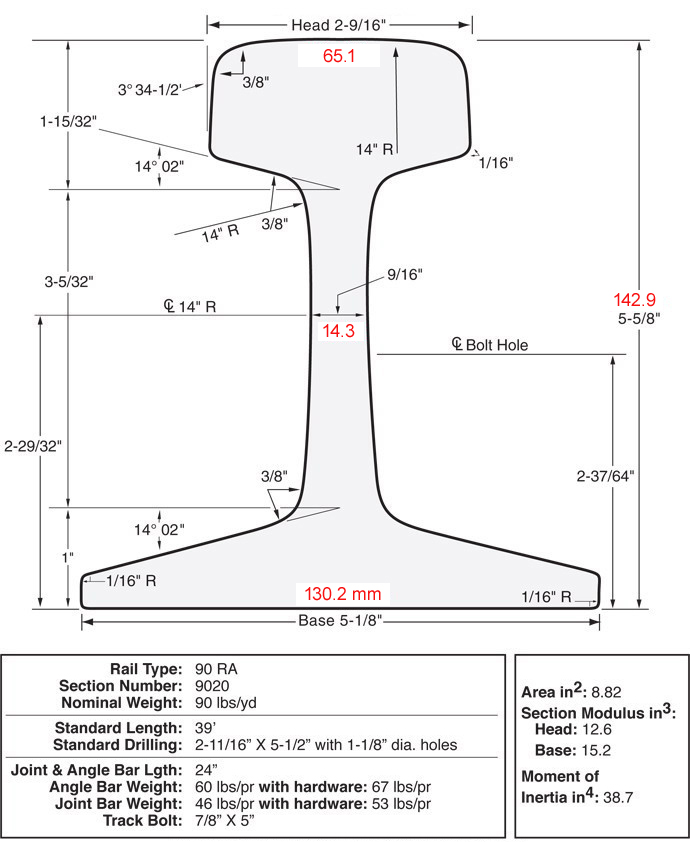


90RA rail is a type of railway track steel rail that adheres to the standards set by the American Railway Engineering and Maintenance-of-Way Association (AREMA). It is commonly used in railway transportation systems, particularly in the United States and other countries that follow AREMA standards.
The 90RA rail is made from high-quality carbon steel, which provides it with excellent strength and hardness. The standard dimensions of the rail are 90 funtów na jard (około 45 kilogramów na metr) in weight, 130.2 millimeters in bottom width, 142.9 millimeters in height, i 12-25 metrów długości. It also features a specific head shape and profile design that ensures stability and smoothness during operation.
One of the key advantages of the 90RA rail is its excellent wear resistance and impact resistance, which make it suitable for heavy loads and high-speed operations. Dodatkowo, it has good welding and processing properties, Ułatwia instalację i konserwację.
The 90RA rail is widely used in various railway transportation systems, w tym linie kolejowe, koleje górnicze, koleje przemysłowe, and more. Its versatility and durability make it an ideal choice for railway operators who require reliable and long-lasting track infrastructure.
In terms of manufacturing process, the production of 90RA rail involves several steps, including steelmaking, Toczenia, Obróbka cieplna, i wykańczanie. High-quality raw materials are selected and melted in a furnace before being rolled into the desired shape and size. The rail is then subjected to heat treatment processes such as quenching and tempering to enhance its mechanical properties.
To ensure the quality and safety of the 90RA rail, rigorous testing and inspection procedures are carried out at various stages of production. These tests include non-destructive testing methods such as ultrasonic testing, magnetic particle testing, and radiographic testing, as well as destructive testing methods like tensile testing and bend testing.
Kombinezon, the 90RA rail is a high-performance railway track steel rail that offers excellent durability, niezawodność, i wydajność. Jako chiński dostawca, we can provide high-quality 90RA rail and other types of railway track products to meet the needs of different customers. If you are interested in learning more about our products or obtaining a quote, Skontaktuj się z nami.
It is worth noting that the 90RA rail is often used in conjunction with other railway track components such as fishplates, bolts, and fasteners to create a complete and secure track system. The selection of these components is critical to ensuring the safe and efficient operation of the railway system.
W dodatku, the installation and maintenance of the 90RA rail must be carried out by trained and experienced professionals who follow strict safety protocols and guidelines. Regular inspections and maintenance are necessary to identify any potential issues and prevent accidents or derailments.
Kombinezon, the 90RA rail is a crucial component of modern railway transportation systems, and its quality and performance play a vital role in ensuring the safety and efficiency of railway operations. As a leading supplier of railway track products, we are committed to providing our customers with the highest quality products and services to meet their needs and exceed their expectations.
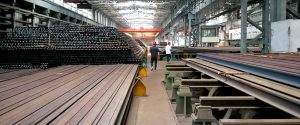
Norma EN 13674 - 1:2003 składa się z dwóch głównych części:
− test kwalifikacyjny i testy odbiorcze
Testy kwalifikacyjne to kilka innych testów, które zostały wcześniej przeprowadzone, jak na przykład, odporność na pękanie. Testy akceptacyjne charakteryzują właściwości zalecanych testów, które zapewniają produkcję wysokiej jakości szyn, oraz wymagania testowe administracji kolejowej.
Jakość szyn opiera się na zmierzonych wartościach twardości, przez co wprowadzili nowe etykiety na szyny stalowe.
Testy kwalifikacyjne
Testy kwalifikacyjne muszą być przeprowadzane co najmniej raz na pięć lat, a egzaminy główne
zmiany w technologii, szyny produkcyjne. Przeprowadzane są dodatkowe badania naprężeń szczątkowych
na wszystkich rodzajach szyn stalowych maksymalnie co dwa lata, pod warunkiem że wartość wzdłużna
szybkość odkształcenia w szynach może wynosić do 250 Mpa.
Zalecany egzamin kwalifikacyjny jest następujący::
− odporność na pękanie
− szybkość wzrostu pęknięć zmęczeniowych
− badania zmęczeniowe
− naprężenia szczątkowe w stopie szyny
− zmienność linii środkowej
− wytrzymałość na rozciąganie i wydłużenie
− segregacja
− inne wymogi kwalifikacyjne
Testy akceptacyjne
W ramach badań akceptacyjnych przeprowadzana jest seria badań laboratoryjnych, takich jak::
− skład chemiczny (maksymalna zawartość następujących elementów: H, O, Al, V, N i elementy oligo)
− mikrostruktura (zwiększenie x 500)
− stopień odwęglenia zwęglonej warstwy (dozwolone do 0.25 Mm)
− czystość stali (zwłaszcza obecność tlenku)
− makrostruktura (Test Baumanna)
− twardość
− wytrzymałość na rozciąganie
Inne szyny do testowania akceptacyjnego to:
− tolerancje wymiarowe
− kryteria (szablon kontrolny)
− wymogi kontrolne / tolerancje na jakość wewnętrzną i jakość powierzchni
Stan wewnętrzny jest badany ultradźwiękami w ciągłej kontroli procesu, i obejmuje co najmniej 70% głowy i co najmniej 60% sieć.
- Standard of UIC 860 V: 1996 - zalecane cztery rodzaje szyn ze stali perlitowej w zakresie wytrzymałości na rozciąganie od 700 do 1300 Mpa.
- Norma EN 13674 - 2003, zapewnia siedem rodzajów twardości stali perlitowej w asortymencie 200 do 390 HBV, rodzaje stali zgodnie z EN 13674, w oparciu o wartości twardości (R 200, R 220, R 260, R 260 Mn, 320 Cr, 350 HT, 350 LHT).

